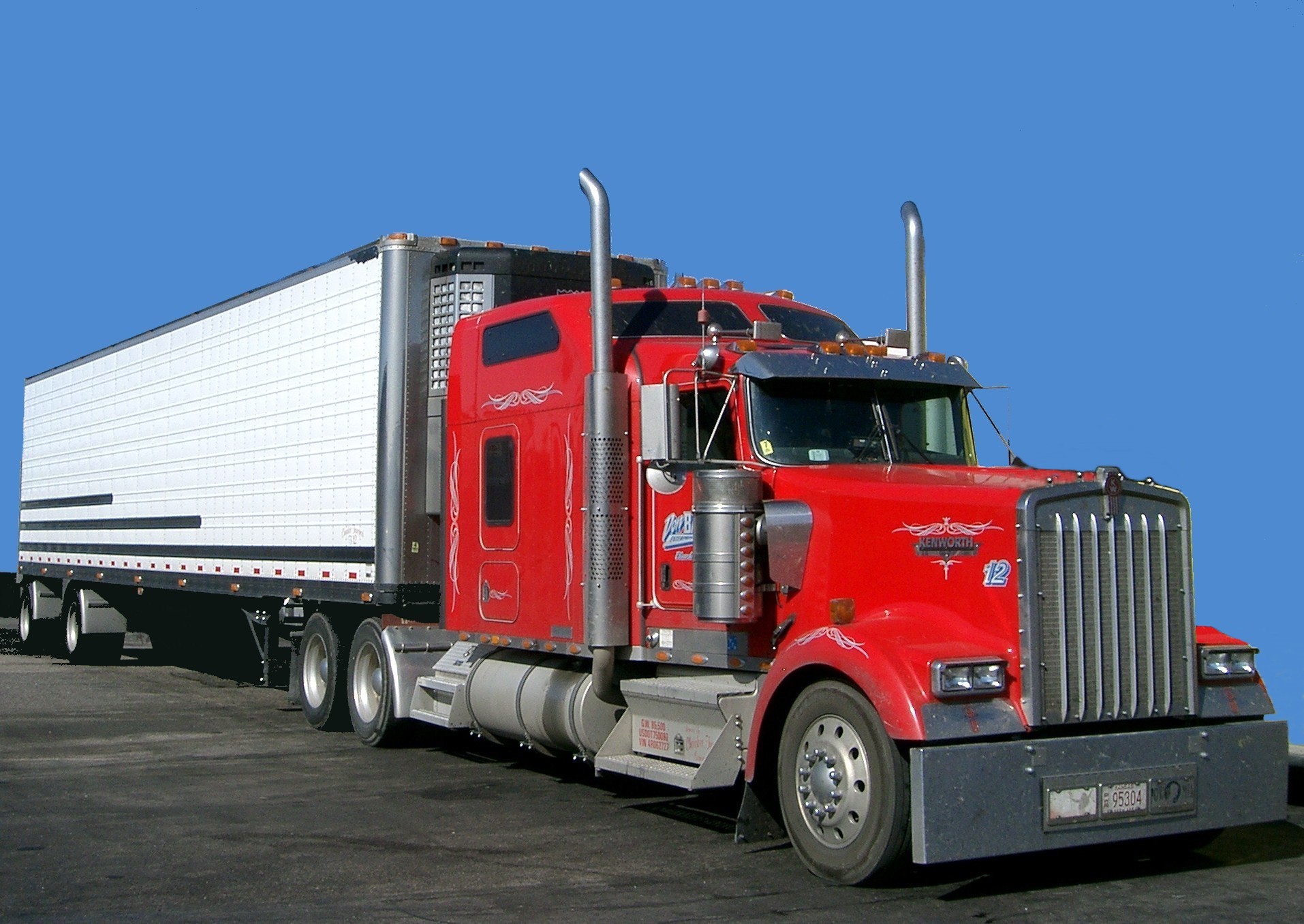When venturing into the realm of trucks, understanding the nomenclature and specifications associated with them is of paramount importance. One question that frequently arises in discussions among enthusiasts and potential buyers alike is: “Is a 2500 a 3/4 ton truck?” To unravel this query, we first delve into the historical context and existing classifications of truck tonnage.
The term “ton” when related to pickups, refers not solely to the weight-bearing capacity of the vehicle but is a designation born of legacy and tradition. The “heavy-duty” segment of trucks generally divides into three categories — 1/2 ton, 3/4 ton, and 1 ton. These divisions, however, can be rather misleading, especially when one considers the modern-day realities of truck engineering and design.
A 2500 designation in trucks, such as the Dodge Ram or the Chevrolet Silverado, traditionally corresponds to what is labeled as a 3/4 ton truck. The nomenclature signifies that this type of truck is designed to effectively handle a significantly heavier payload than lighter counterparts, like the 1500 series (1/2 ton trucks). In a practical sense, the 2500 can typically carry between 3,000 to 4,000 pounds of payload, and it boasts a robust frame to accommodate the demands of more arduous tasks.
Exploring the engineering nuances further, it’s important to highlight the significant enhancements incorporated into these heavy-duty trucks. For example, reinforced suspensions, powerful engines, and upgraded braking systems are tailored to support the rigorous tasks associated with towing trailers or carrying heavy loads. While the terminology is historic, modern vehicles often exceed the conventional payload capacities associated with their classifications, blurring the lines that once clearly defined these categories.
The basis of truck tonnage involves recognizing the Gross Vehicle Weight Rating (GVWR). The GVWR is essentially the recognized weight limit established by the manufacturer, which encompasses the weight of the vehicle itself, all additional cargo, and any passengers. For a vehicle like the Dodge Ram 2500, the GVWR typically hovers around 10,000 pounds, illustrating its capacity and purpose. Vehicles designed with a GVWR exceeding 8,500 pounds generally fall into different licensing and regulatory requirements, thus affecting the intended audience and usability of the truck.
Now, let’s delve into the performance spectrum of the 2500 series trucks. Equipped with engines that could range from powerful V8 configurations to more advanced turbo-diesel variants, these trucks are not simply vessels for transportation; they embody strength and resilience. Towing capacities for a 2500 are commendable, sometimes reaching upwards of 14,000 pounds, a capability that resonates deeply with those engaged in significant hauling endeavors, such as contractors or outdoor enthusiasts.
Additionally, the 2500 series trucks are not limited to functional prowess; they offer a range of features embracing comfort and technology. Modern iterations are equipped with advanced infotainment systems, spacious cabins, and safety features that enhance the driving experience and promote user confidence. The interior has evolved into a sanctuary that blends utilitarian function with luxurious elements, making these trucks suitable as both workhorses and daily drivers.
However, it’s essential to weigh the pros and cons of owning a 3/4 ton truck like the 2500. On the one hand, they provide exceptional capability and ruggedness. On the other hand, they may not be necessary for every driver. Potential buyers should consider the nature of their daily activities and whether their lifestyle truly necessitates the enhanced features and capacity of a heavier model. The reality is that while a 2500 truck excels in hauling and towing, it may incur enhanced fuel costs and more cumbersome handling compared to lighter models.
Another pivotal consideration is the market variety. Within the heavy-duty segment, options abound. Manufacturers such as Ford, GMC, and Toyota each offer their respective 3/4 ton models. Each vehicle comes with unique selling propositions, from various engine options to differing technological integrations. This multiplicity allows prospective buyers to factor personal preferences and needs into their purchasing decisions. Comparing these options ensures that one selects a vehicle that marries performance with comfort and efficiency.
In light of the diverse needs and preferences across the truck-buying populace, understanding the intricacies of truck tonnage is invaluable. Prospective owners should assess operational requirements, whether it be for work-related tasks or recreational activities. The 2500 serves as an excellent bridge between formidable capacity and comfortable driving dynamics, suiting varied consumer bases.
In conclusion, the 2500 series can indeed be classified as a 3/4 ton truck, epitomizing a blend of power, payload, and performance. While tonnage classifications can be an archaic way of assessing a vehicle’s capability, they still provide useful guidelines amidst rapid advancements in truck technology. As the landscape of vehicle engineering continues to evolve, understanding these classifications will empower consumers to make informed decisions, ensuring they select the right truck for their specific needs.
